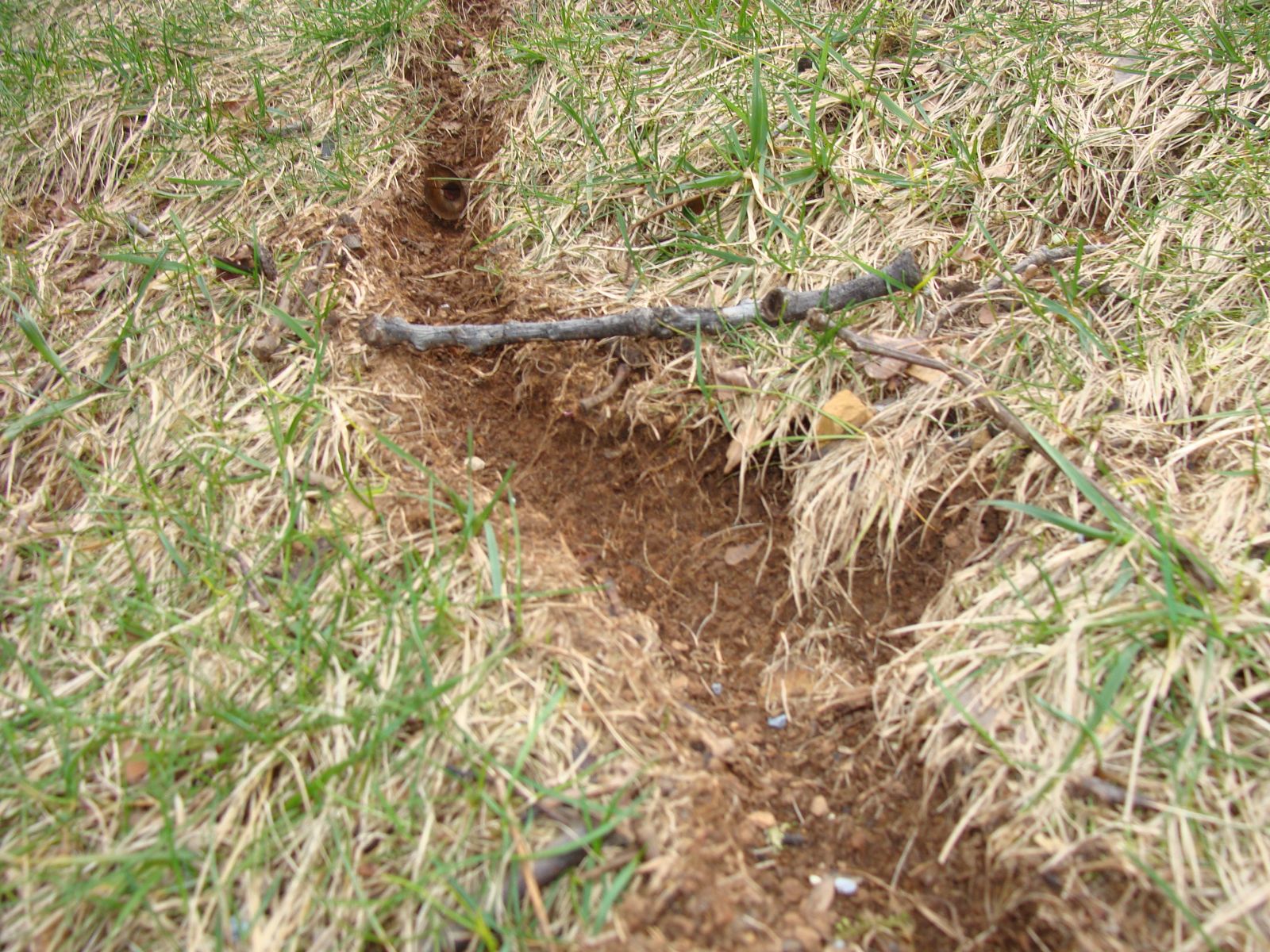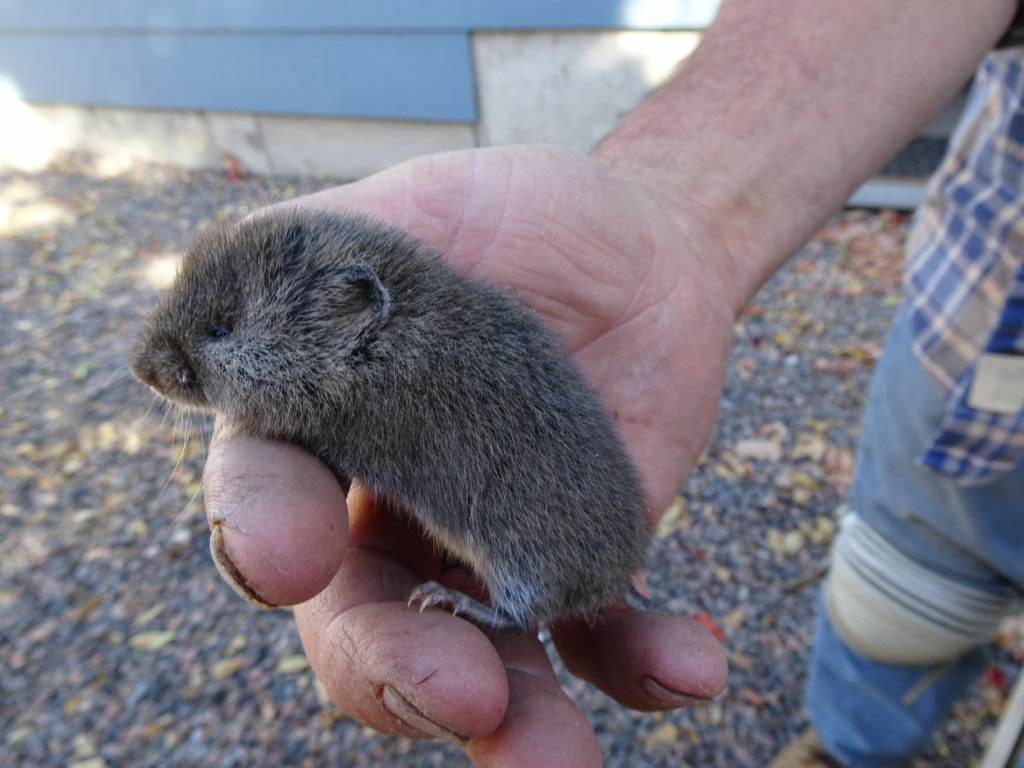Restore Your Lawn's Wellness: Aggressive Vole Insect Control
Restore Your Lawn's Wellness: Aggressive Vole Insect Control
Blog Article
Grasping Vole Parasite Control: Thorough Insights on Problem Avoidance and Treatment Techniques
By acknowledging the subtle indicators of vole problem early on, we can take positive steps to protect against extensive damage. In this conversation, we will certainly explore the nuances of vole behavior, dive right into the recognition of invasion signs, and uncover the most reliable prevention and therapy methods.
Understanding Vole Habits
Checking out the foraging patterns of voles uses important insights right into their habits and habitat preferences. Voles, tiny rodents appearing like computer mice, are herbivores understood for their underground tunneling activities. By observing their foraging actions, scientists can acquire a better understanding of where voles like to establish their habitats and the level of their environmental impact. Voles are respected breeders, with a solitary female with the ability of generating a number of clutters in a year, making it crucial to understand their behavior for effective parasite control techniques.
Research study suggests that voles display selective feeding habits, preferring seeds, roots, and roots - vole control. This dietary choice affects their foraging patterns, leading them to locations abundant in greenery and ground cover. Furthermore, voles are understood to develop elaborate tunnel systems for foraging and nesting objectives, suggesting a high level of adaptability to their surroundings
Understanding vole behavior is vital for executing targeted insect control measures that disrupt their habitat choices and foraging activities. By researching their behavior, specialists can develop extra reliable prevention and therapy techniques to manage vole invasions.
Identifying Indicators of Vole Infestation
Vole infestations can be discovered by acknowledging specific signs of their visibility in an area. Among one of the most common signs of a vole problem is the presence of surface runways. Voles create networks of narrow paths on the ground that are generally around 2 inches broad. These paths are typically discovered in grassy locations or beneath mulch or ground cover where voles can move openly and look for food.
An additional key indication of vole invasion is the presence of small burrow openings in the ground. Voles dig shallow burrow systems with several entries and departures. These burrows act as sanctuary and nesting websites for the voles. In addition, voles are known to leave chewed plant stems, origins, and bulbs near their burrow openings, suggesting their feeding task in the location.
Discovering these droppings along paths or near burrow openings can verify a vole invasion. By being attentive for these indications, building proprietors can quickly resolve vole problems and protect against further damage.
Implementing Positive Prevention Actions
To properly minimize the threats associated with vole problems, residential property owners can proactively implement a range of preventive procedures intended at guarding their gardens and landscapes. One crucial action is to preserve a well-trimmed grass and on a regular basis get rid of tall weeds and thick plants, as voles are brought in to areas supplying adequate cover. Mounting barriers such as equipment fabric underground around vulnerable areas like garden beds can additionally aid avoid vole invasion. Additionally, keeping garden areas clean and decreasing mess where voles can conceal or nest is crucial in lowering their existence.
Moreover, using natural vole deterrents like castor oil-based repellents or killer pee can work as effective safety nets. It is additionally suggested to regularly examine outside areas for any indications of vole task, such as paths or delve openings, to deal with prospective infestations promptly. By embracing these proactive prevention techniques, homeowner can considerably minimize the chance of vole damages and preserve the health and looks of their landscapes.
Efficient Treatment Strategies
Incorporating targeted capturing methods and utilizing accepted rodenticides are necessary components of effective therapy methods for handling vole infestations. Regular tracking and maintenance are also vital aspects of effective treatment techniques to useful link make certain that vole populations are kept under control. By combining capturing, rodenticides, environment adjustment, and consistent tracking, effective vole insect control can be accomplished.

Monitoring and Upkeep Tips
Preserving an organized routine for monitoring and performing regular maintenance tasks is essential to sustain the effectiveness of vole bug control procedures. Routine monitoring enables the early detection of vole task, enabling punctual treatment prior to problems aggravate. To successfully keep track of vole populations, purposefully placed catches can be used in vole runways or near burrow entries. By routinely checking these catches, property proprietors can evaluate the level of vole activity and change control approaches as necessary.
Furthermore, maintaining a neat and well-kept landscape is essential in vole avoidance. Clearing away debris, such as stacks of wood or thick vegetation, removes possible vole habitats. Regularly trimming grass and cutting greenery helps in reducing vole concealing areas and minimizes their access to food sources.

Final Thought
Finally, understanding vole bug control calls for a solid understanding of vole habits, the ability to recognize indications of problem, implementing proactive prevention steps, effective treatment strategies, and regular monitoring and maintenance. By taking a comprehensive approach to vole control, people can effectively manage and avoid infestations, ultimately protecting their residential or commercial property and bordering setting from damage brought on by these little rodents.
In this discussion, we will certainly explore the nuances of vole actions, dig right into the recognition of invasion indications, and uncover Get More Information the most effective avoidance and therapy methods.Integrating targeted trapping methods and utilizing accepted this page rodenticides are vital parts of efficient therapy techniques for taking care of vole invasions. To successfully check vole populaces, purposefully positioned catches can be utilized in vole runways or near burrow entries. Evaluating and repairing any problems to these frameworks ensures that vole control stays effective in protecting buildings from problems. By incorporating these tracking and upkeep practices into a detailed vole pest control plan, people can effectively manage vole populaces and secure their buildings from damage.
Report this page